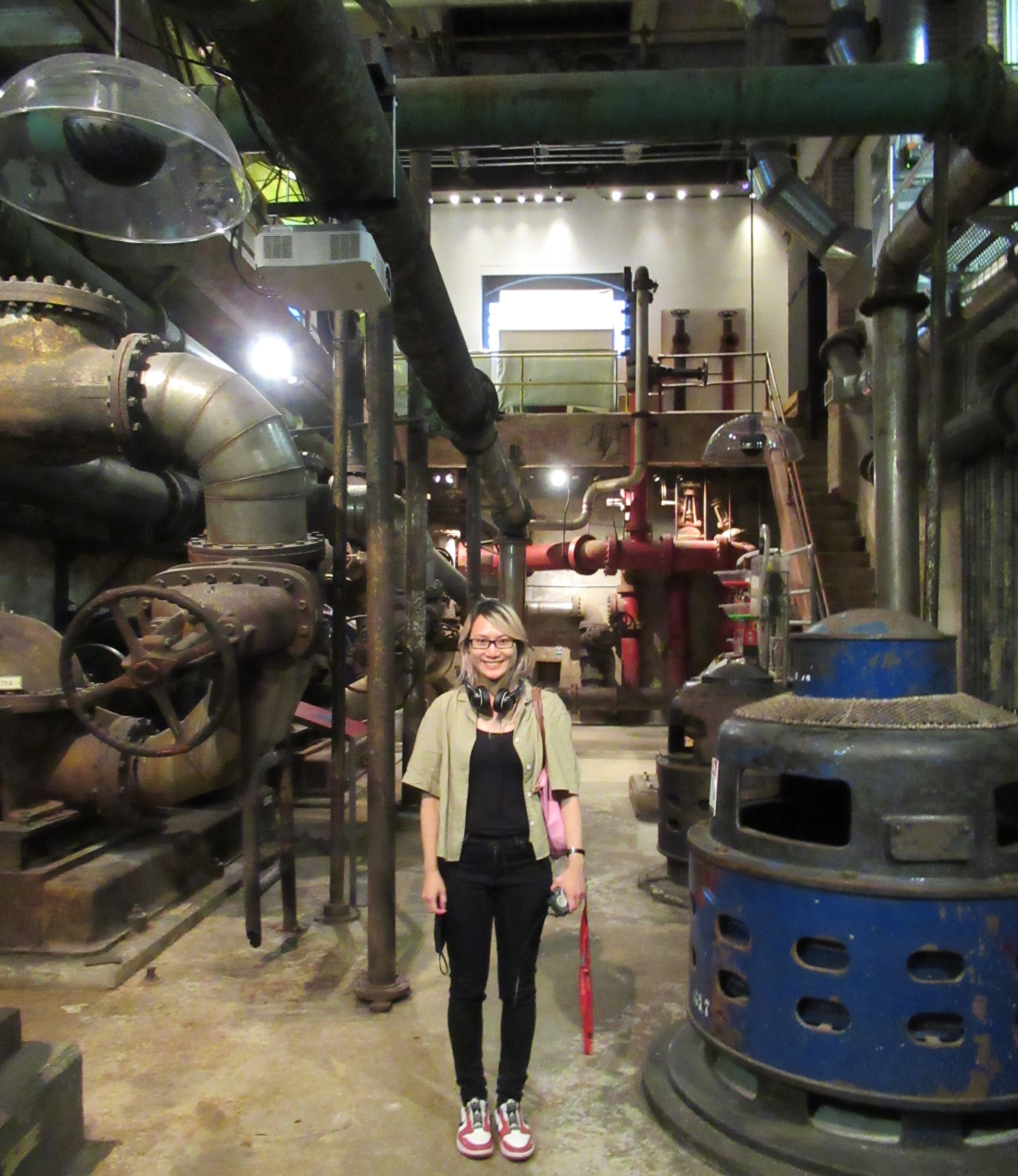Select Publications
Book: The Arts of the Microbial World (Chicago 2021)
The Arts of the Microbial World explores the significance of fermentation phenomena, both as life processes and as technologies, in Japanese scientific culture. Victoria Lee’s careful study documents how Japanese scientists and skilled workers sought to use the microbe’s natural processes to create new products, from soy-sauce mold starters to MSG, vitamins to statins. In traditional brewing houses as well as in the food, fine chemical, and pharmaceutical industries across Japan, they showcased their ability to deal with the enormous sensitivity and variety of the microbial world.
Charting developments in fermentation science from the turn of the twentieth century, when Japan was an industrializing country on the periphery of the world economy, to 1980 when it had emerged as a global technological and economic power, Lee highlights the role of indigenous techniques in modern science as it took shape in Japan. In doing so, she reveals how knowledge of microbes lay at the heart of some of Japan’s most prominent technological breakthroughs in the global economy.
At a moment when twenty-first-century developments in the fields of antibiotic resistance, the microbiome, and green chemistry suggest that the traditional eradication-based approach to the microbial world is unsustainable, twentieth-century Japanese microbiology provides a new, broader vantage for understanding and managing microbial interactions with society.
Winner, International Convention of Asia Scholars: ICAS Book Prize-Humanities (2023)
Article: Wild Toxicity, Cultivated Safety (History and Technology 2019)
In 1960, the trajectory of aflatoxin as one of the earliest and best studied cases of a naturally occurring carcinogen in food intersected with the trajectory of an industrial microbe known in the Japanese vernacular as kōji, used for centuries in Japan to make sake, soy sauce, and miso. Over about two decades, the aflatoxin crisis spurred the emergence of a new evolutionary narrative of kōji, Aspergillus oryzae, as a domesticated, non-toxigenic species unique to the Japanese brewery that was clearly distinguishable from its wild, commonly found in nature, and aflatoxin-producing close relative, Aspergillus flavus. It was a shift that came hand-in-hand with the reconstruction of kōji classification. This essay examines the challenges of microbial classification after 1960. By asking how mycologists made a scientific narrative that originated in the interests of Japanese national industries convincing internationally, it explores the knowledge infrastructure that underlay both manufacturing issues and knowledge in microbiology.
Article: Microbial Transformations (Historical Studies in the Natural Sciences 2018)
The domestication of penicillin production in Japan was a priority for the Allied occupation government (1945–1952) immediately after World War II, since manufacturing the drug using raw materials available locally would lower the cost of the occupation. In place of employing the analytical concept of technology transfer, this article explores processes of domestication (kokusanka) using the records of the Japan Penicillin Research Association (Nihon penishirin gakujutsu kyōgikai), an interdisciplinary academic association set up to mediate between government policy and industrial manufacturers, and which directed research in the critical early years of penicillin production. I argue that an examination of the occupation period is especially revealing of the contribution of indigenous knowledge from the World War II and prewar periods to the development of microbiology during Japan’s “economic miracle” (1950s to early 1970s), and I highlight the intellectual dimensions that were specific to Japanese science by comparison with other national cases of penicillin domestication. Beyond the transfer of submerged culture fermentation technology for antibiotic mass production, a distinctive engagement with agricultural chemistry’s longstanding perception of microbes—as alchemists of the environment, with the ability to transform resource scarcity into productive abundance—organized the knowledge by which penicillin scientists made the domestic environment work, and deeply shaped antibiotic research in the subsequent decades in Japan.
Zhu Kezhen Junior Award, International Society for the History of East Asian Science Technology and Medicine (2019)
The microbial world was never narrowly one of danger, risk and pathogens. Microbes were also living workers who...possessed agency and could bestow ‘gifts’ on those willing to listen, learn and cooperate.
—Jia-Chen Fu, Review of The Arts of the Microbial World in Social History of Medicine
Featured podcast
New Books Network interview with Victoria Lee on The Arts of the Microbial World (Chicago 2021), Jul 16, 2023

